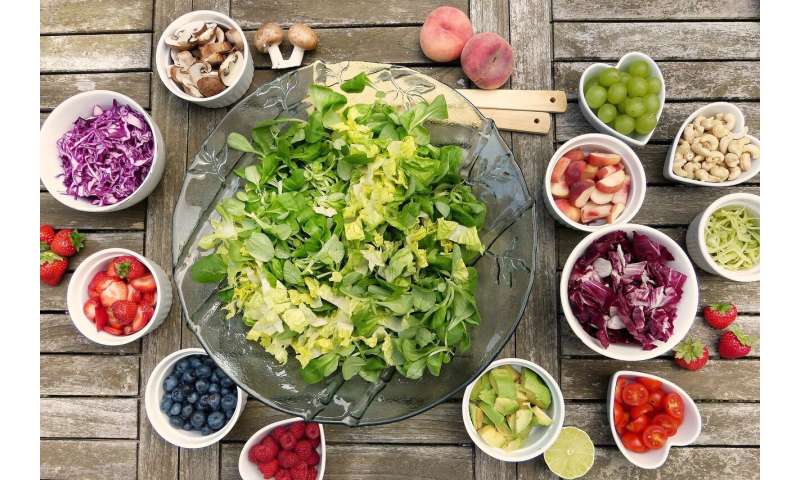
I recently got together with a group of friends (at a socially accepted distance). One of them suggested we go through the alphabet and name all the things for which we are thankful. It did my heart good to hear the array of answers from “apple pie” to “Zoom meetings.”
That gave me the idea for an A to Z list of good-for-us foods. Yours might differ according to your own health needs, of course. This is mine:
Apples: Partially because we have two crispy sweet varieties hanging around the trees in our yard. Apples are a great source of a soluble dietary fiber…if we eat them with the skin. Foods high in soluble fiber are now recognized for their glucose and cholesterol lowering abilities.
Berries: I’m partial to blueberries but all types of berries are brimming with substances scientists call bioactive compounds that help protect the function of the heart and brain. They may even help ease gut issues. Enjoy them fresh, frozen or dried to add to your nutrient arsenal for the day.
Cauliflower – along with other cruciferous vegetables like cabbage, broccoli and Brussels sprouts – contains substances widely studied for their ability to help deactivate cancer-causing toxins. They are considered non-starchy vegetables…high in nutrients and fiber; low in carbs and calories.
Dairy foods such as milk, yogurt and cheese have been shown to help keep blood pressure under control when eaten along with other healthful foods. A recent analysis of several clinical studies found that the intake of dairy foods may also lower the risk for colon cancer by up to 19%.
Eggs: Hooray! Besides being the most digestible high quality protein on the planet, whole eggs are rich in choline, a nutrient our bodies need for brain development as well as mood, memory and muscle control. And get this: Current research findings have found that early introduction of eggs (between 6 to 12 months of life) may actually help reduce a child’s risk for developing an allergy to eggs.
Fruit: Fresh, frozen, canned or dried, these foods are so important to our health, they have earned their own nutrient group status. Most of us require 1 to 2 cups of fruit daily to get the required amount of nutrients provided by these foods.
Grapes: I can’t tell you how many of my clients have mistakenly thought that grapes were off limits because they “are high in sugar.” Not necessarily. A half cup of red grapes, for example, has about the same amount of natural sugar as a small apple. Red grapes have additional antioxidant properties due to their red pigment.
Source: Read Full Article


